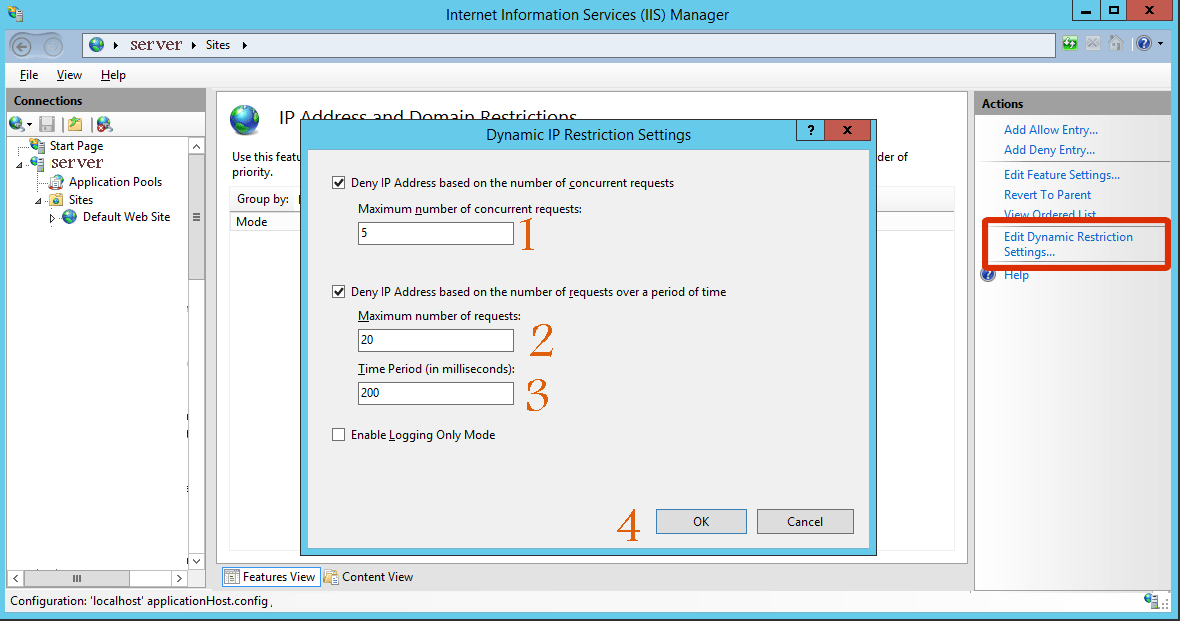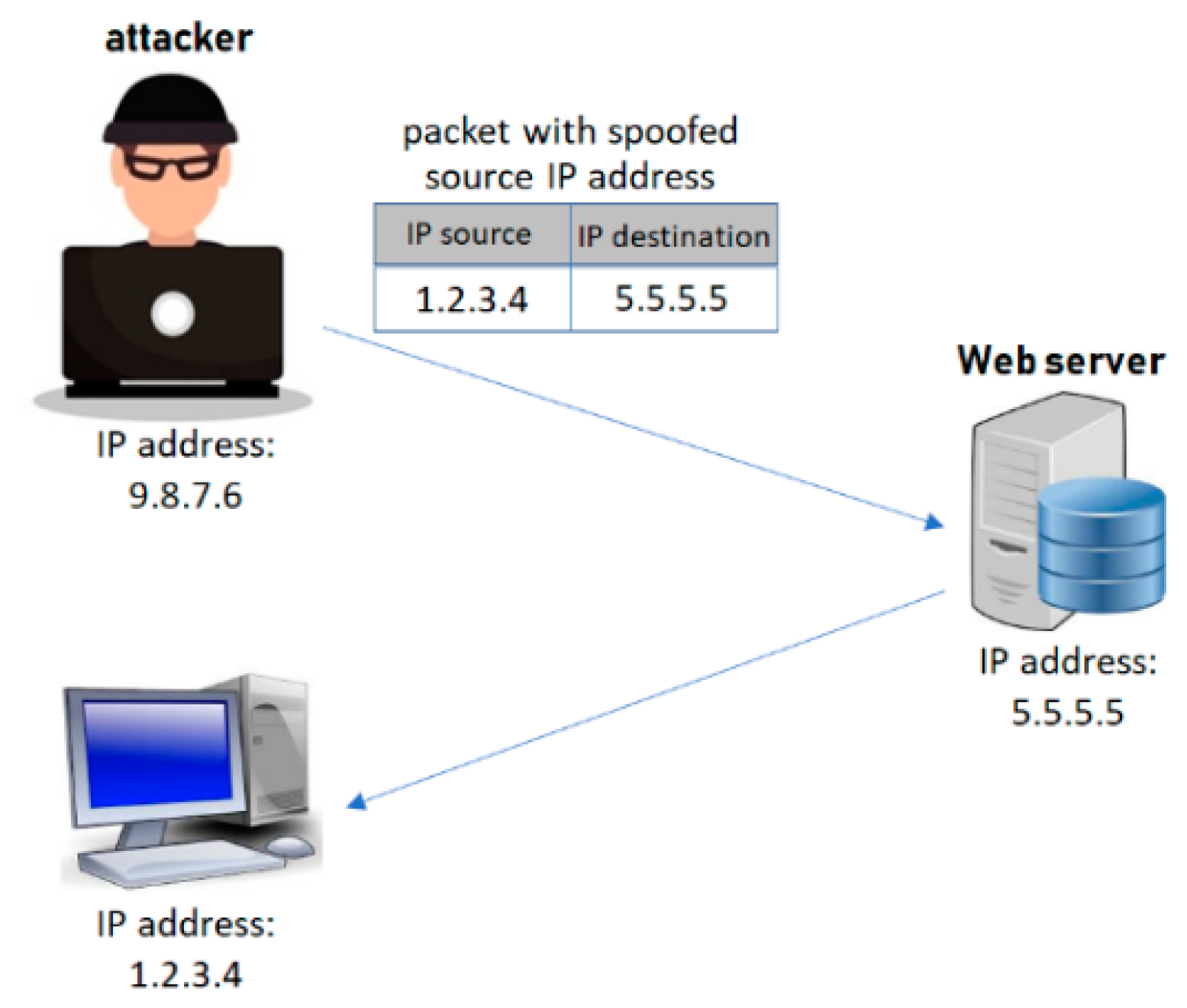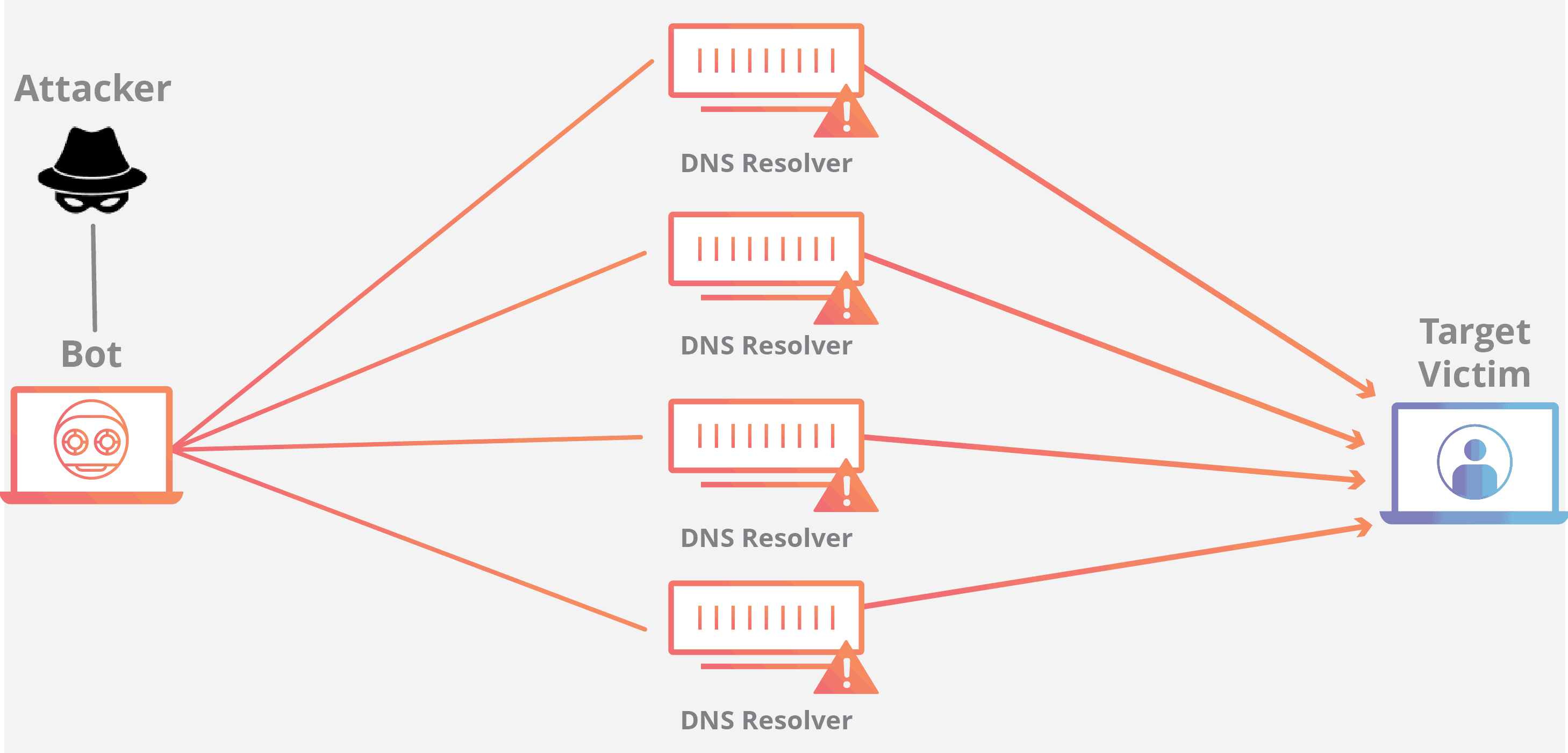
However, it can be relatively easy to defend against. It is updated hourly and demonstrates just how common this cybercrime has become.Ī basic Denial-of-Service (DoS) attack simply sends a request to a site from a single source, which can consume the resources of the targeted site. The Digital Attack Map gives you a chance to see how many DDoS attacks are taking place in real time all across the globe. How does a DDoS attack work?ĭDoS attacks have been around since the mid-nineties and they’re now more common and more powerful than they’ve ever been.

So even if it doesn’t cause your site to crash, a DDoS attack can prevent your site or network from being able to handle requests from legitimate sources. “Imagine that an army of lemmings just jumped the queue at McDonald's in front of you – and each is ordering a whopper," Telegram tweeted. "The server is busy telling the whopper lemmings they came to the wrong place – but there are so many of them that the server can't even see you to try and take your order.” When messaging app Telegram was DDoSed, it tweeted a fitting analogy for a DDoS attack. Your phone, computer or smart TV could be part of an attack and you’d be none the wiser. So a single hacker can then turn this army of devices on a chosen target and use them to overwhelm it, often without the knowledge of the people who actually own those devices. The hacker does this with a botnet, which is a network of devices or ‘zombie computers’ that the hacker has infected with malicious software that allows them to be remotely controlled. The aim of a DDoS attack is to overwhelm a site with too much traffic or to overload your system with too many requests until something eventually crashes.


When you hear that a website has been taken down by hackers, the chances are that a DDoS attack has been used to do it. A Distributed Denial-of-Service (DDoS) attack is what happens when a hacker uses an army of malware-infected devices to launch a co-ordinated attack on a website, server, or network.


 0 kommentar(er)
0 kommentar(er)
